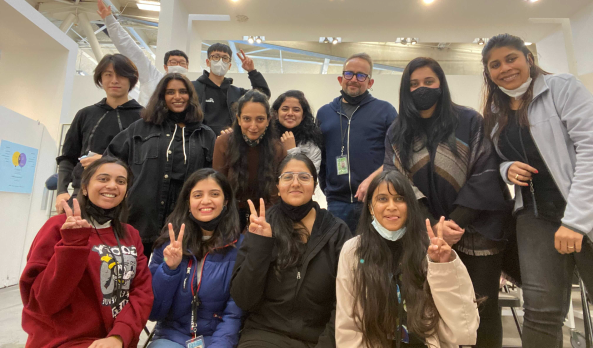
Design Decisions
An inclusive, collaborative approach to managing design project knowledge.
Teaching the Design Decisions framework to DesignMBA students at California College of the Arts.
Enabling diverse teams to capture and organize design project knowledge to support decision-making on large-scale systemic design projects.
I have worked with many design teams who encountered significant challenges when working on large-scale systemic innovation projects. As these projects progress, teams often reach a critical juncture where decision-making becomes exceptionally difficult. The internal negotiations within the team would reach such an impasse that we looked for help from outside the team to navigate these pivotal moments. While it can be great to have a fresh perspective offered by an outsider, this doesn’t always work because it can be hard to bring that outsider up to speed quickly. This method also lacks scalability.
For years, I have been motivated to find a way to apply design methods to increasingly complex projects involving multiple stakeholders, numerous customer touch points, and a wide array of issues. I developed the Design Decisions framework and toolkit to take on this type of project. It is also my synthesis of the structured and analytical approach to design I learned at The Institute of Design in Chicago and the more exploratory and inventive approach I learned at IDEO.
Design projects generate a lot of information
From the outset of a project, the project team builds project knowledge through stakeholder conversations, design research, and brainstorming sessions.
The accumulated knowledge comes into play at each decision-making juncture, guiding the project's direction.
However, there comes a point where managing project knowledge through intuition alone becomes exceedingly challenging. It is during this phase that decision-making reaches a critical complexity.
There are four types of design decisions
Although a single design project encompasses a multitude of decisions, I have found it useful to categorize them into four types: project definition, research planning, design analysis, and concept development.
While each decision builds upon the previous one, the generation of project information does not unfold in a linear fashion. This fact necessitates a willingness to revisit decisions throughout the program as new information surfaces. It also can be challenging to keep project knowledge organized so that it can be accessible when it’s needed.
Read more about my Design Decisions framework here.
Pragmattic worksheets: four types of worksheets to support each type of design decision.
I designed the Pragmattic Worksheets to help project teams create a shared mental model of project knowledge. This framework provides a structure for organizing what design project teams learn and keeping the knowledge accessible for when it is needed to support decision-making.
Project Definition
The Project Definition Worksheet is used to capture project plans, activities, and goals. The sheets are used throughout a project to track shifts in project direction and criteria that emerge through the design process.
Research Planning
The Design Research Planning Worksheet provides a framework for generating potential design research tasks grounded in the team’s learning objectives.
Observations to Insight
The Observations to Insight Worksheets assist teams in the process of turning raw design research data into knowledge that is actionable by design.
Concept Prototype
The Concept Development Worksheets help teams construct a user-centered story that supports an idea for a product, service, or environment innovation.
Collaboration and teaching
In my design practice, this framework facilitates the involvement of more diverse teams — allowing participation in design processes by those who are not already fluent in the process. I have worked with startups and large organizations to develop new offerings or redesign existing products, experiences, or services. By sharing this framework, I try to integrate many perspectives in the entire design and innovation process.
In my teaching, I use the framework to give students the necessary confidence to enter the workforce and be able to tackle today’s large, unwieldy and, systemic problems.
I have also created customized versions of these tools to fit the requirements of specific organizational cultures. For example, see the toolkit I developed for AT&T here.
I continue to strive to demystify the work of a designer. I want to bring more people into this work. I know allowing a much broader set of collaborators to engage is critical to taking on much larger and more complex design problems — and we've got plenty of those!









